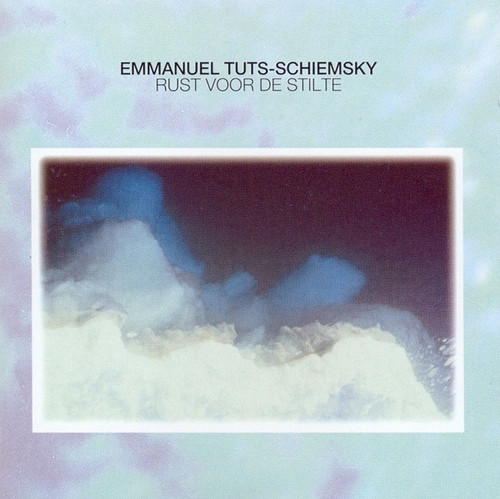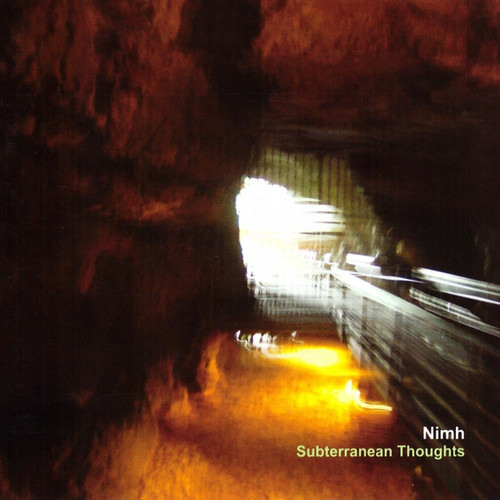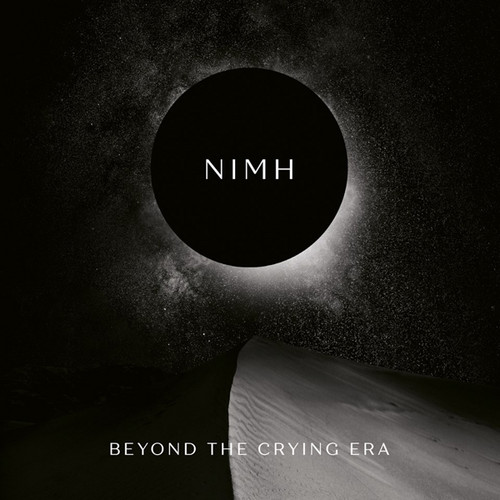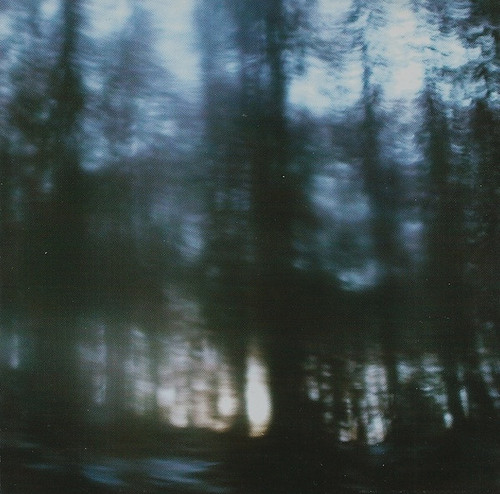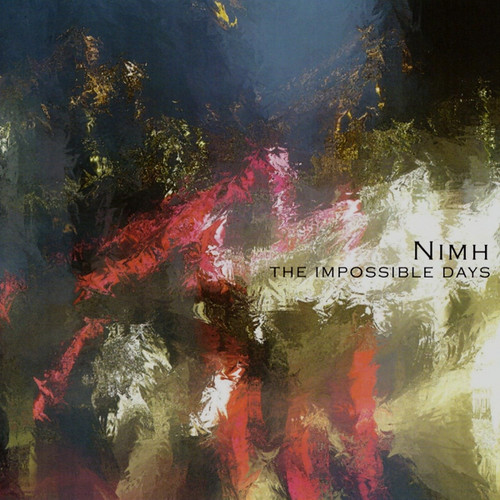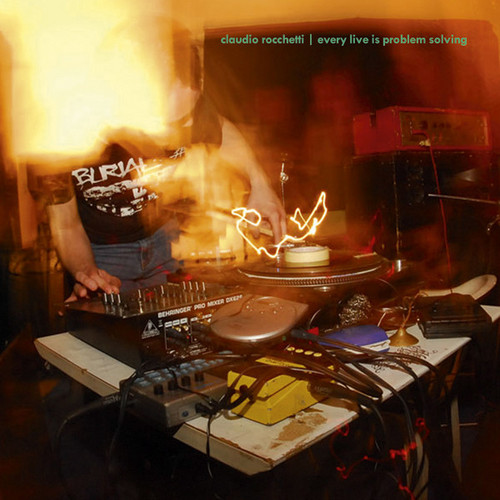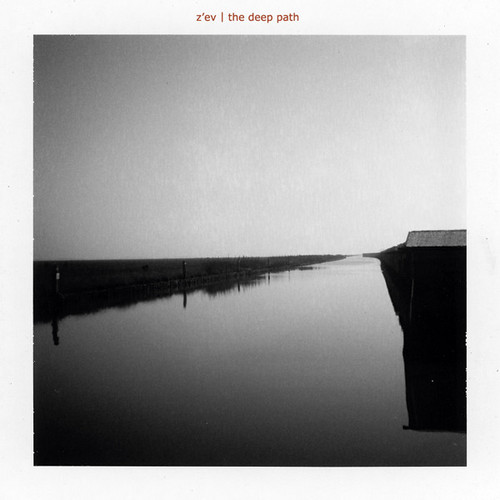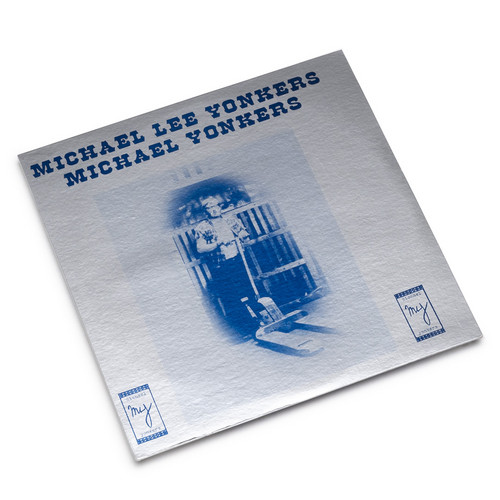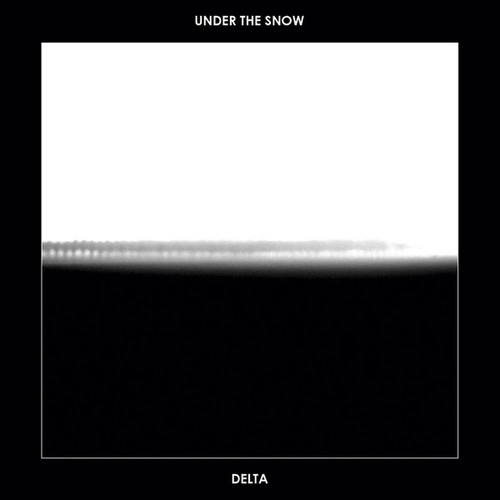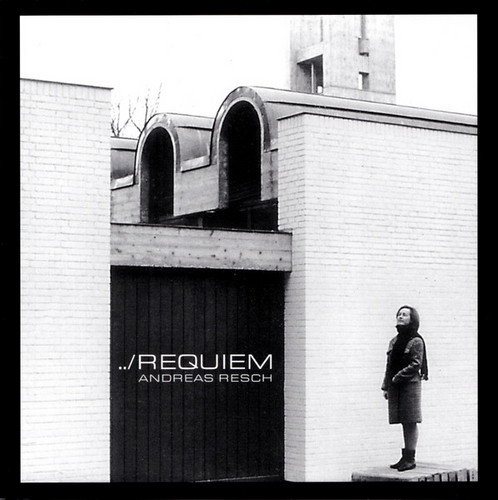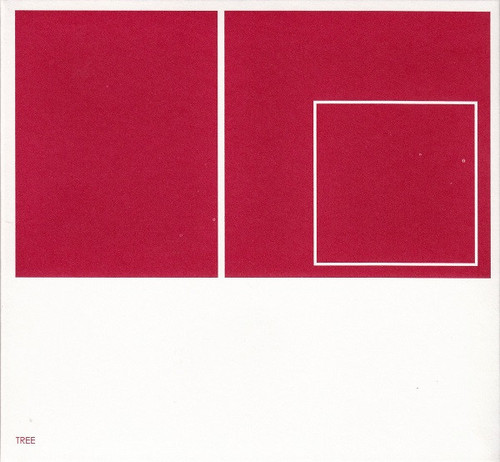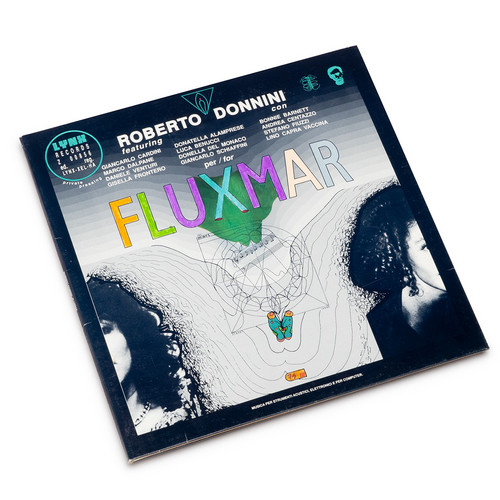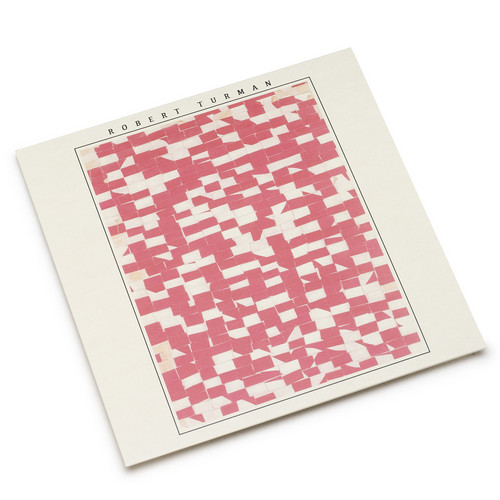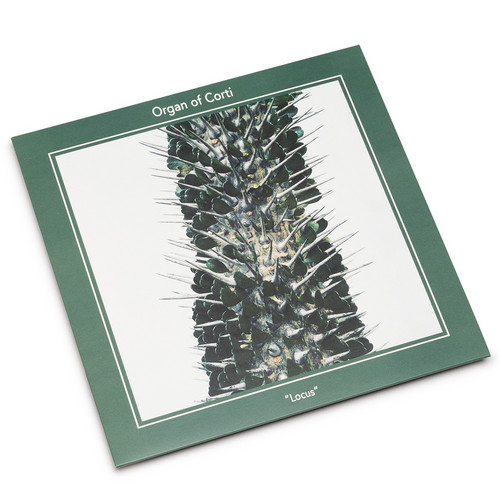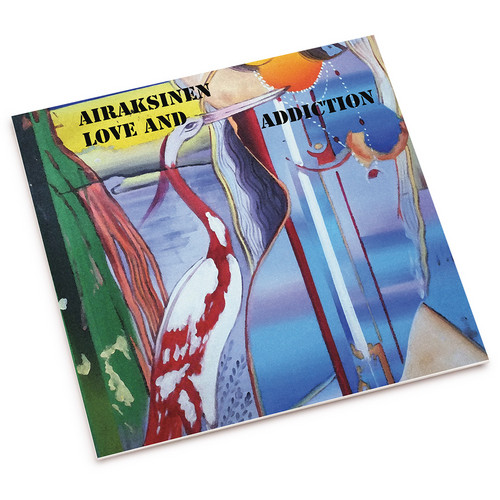Back in stock
The Son Of Unknown Fish
Here comes a new welcome entry in the ‘private sounds’ series of the now growing 13 catalogue. "Ghosts of Industrial Sunday" is a short film by Maria Assunta Karini and Francesco Paolo Paladino, whose music were composed by Simon Fisher Turner. This release consists of a video DVD, which contains the film, and a audio CD that features the original soundtrack and other compositions inspired by this project that Turner created on purpose; they are accompanied by an oversize 20 pages booklet that o…
Rust Voor De Stilte
1996 release ** "Rust Voor de Stilte" means "Quiet before the silence" and is inspired by fading memories and unattainable desires. "Rust Voor de Stilte" is music from the soul that speaks to the heart. Bittersweet strains reminiscent of music box melodies combined with elegant rhythms are just some of the elements that set this work apart from other contemporary ambient releases. Emmanuel Tuts-Schiemsky’s cool mixture of beauty and melancholic grace is a journey through experimental sounds.."
Subterranean Thoughts
"Subterranean Thoughts is an extremely intriguing experimental electronic album that finds the perfect equation between aesthetic of enlightenment and the production of cinematic sound textures. Subterranean Thoughts is a ravishing immersive experience, conjugating concrete elements with well established electronic treatments. Rewind is a dreamy-like, detached piece that dissolves tonal violinist stringed orchestration into a vast electronic abstract path (an obvious contrast between decadent in…
Beyond the Crying Era
"Beyond the Crying Era is one massively immersive and entrancing score built on ominous, eerie soundscapes of darkly, grainy, and slowly moving elegance. Winter-Light is an indie label based in Netherlands and specializing in deep electronic soundscapes and any related genre coming from the shifting ambient music galaxy. They are active since 2014 and notably renowned for having released materials from Rapoon, Seetyca and Inner Vision Laboratory - clear veterans of dark drone textures and eerily…
Whispers From The Ashes
2004 release ** "Ideally inspired by the Inquisition era, like some titles of the tracks may suggest, "Whispers from the Ashes" presents Nimh (Giuseppe Verticchio) and Nefelheim joined together for the production of a dark oriented CD that alternates obscure and haunting atmospheres with more gloomy and sometimes dramatic and highly evocative episodes... In a blend of low frequences, metallic sounds, echoes of distant voices and human screams, whispers, concrete noises, ritual processions, sudde…
The Impossible Days
2004 release ** "This album reveals Giuseppe Verticchio’s incredible capacity to introduce us into an unique world of “concrete” sounds that sublimate the common nature. All compositions are means of communication. Concrete noises and electronic fequences are totally intertwined in an homogeneous spectral process. Lost signals features a minimal, obsessional synthesised micro-signal, endlessely repeated. It is progressively covered by moving, spherical electronic sequences, a cascade of natural …
Every live is problem solving
A suggestive gallery of abstract images, confused fragments of life and real living experiences, sights of urban landscapes... Noisy and electronic interferences, mechanical machines movements, concrete noises, low frequences fluxes, hissing sounds, interferences, but also melodic acoustic guitar pieces, human voices and other field recordings... A brave, uncompromising and heterogeneous "decomposed" mosaic of avantgarde sound art beyond time, beyond any point of view and any geometric coordina…
The Deep Path
A monumental album featuring three impressive tracks in which Z'EV (mythical avant-garde experimental artist, percussion master and world wide performer), collects and exhibits brave and incredible sonic solutions, mixing and alternating enormous, deep and sometimes exploding and devastating sound masses based on low frequencies, to noisy metallic sounds, gongs and cymbal stratification... all oriented in temporary resounding "tunnels", where sonic elements are mixed through suggestive cyclic ec…
Michael Lee Yonkers
2025 stock "Limited restock, last copies... An original sealed pressing of Michael Yonkers's Michael Lee Yonkers from 1974. Self-recorded in 1971 and '72, Michael Lee Yonkers has often been referred to as Michael's "country" album. It is many folks' favorite of his early works, and is likely the weirdest. The roughhewn quality of these recordings has caused listeners to make comparisons with other "real people" outsiders like Grudzien and the Holy Modal Rounders, but there are more obvious, well…
Delta
Extended sonic fluxes of synthetic nature mixed with delicate acoustic and electric guitars chords and riffs, crowd noises, indefinite and fading melodic "spots" of unknown origin, feedbacks, echoes, pulsations, vibrations, cracklings, rustling waves in continuous movement... But also sudden pauses, unpredictable and improbable inserts of folk blues radio transmissions, crystal clear water sounds, static, wrapping and dramatic electronic weaves, metallic tickings... An extraordinary range of sou…
Gehörgänge
2002 release ** "Psygram is Siegfried Fischer (voice, accordion, samples, percussion) and Dirk Grützmann of Temps Perdu? who is responsible for real time audio processing, electronics, loops and engineering. The group started around the same time as Temps Perdu?, with the music focused on surreal ambient-industrial soundscapes and hypnotic live improvisations in a studio setting with influences of electroacoustic music. "All our music is recorded in those magic moments where emotions, dreams and…
../Requiem
2004 release ** "Andrea Resch was one of the two members of the legendary Mynox Layh. "Requiem" is a genuinely unusual, sinister work of morbid atmospheres... disorienting as though waking from a nightmare. Immense, striding, sumptuous string arrangements create a majestic and inspiring atmosphere. A highly recommended "opera" in vein of In The Nursery and old Laibach. There are no other words which could possibly describe the endless feeling of the album. This remastered edition features four b…
Danny Dark Records Taster
This taster is being released to mark the launch of Danny Dark Records and contains a special version of Kats Jenkins as well as two videos accompanying songs from Chioma SuperNormal The Dark Album which are not available anywhere else.
La Folie. Il Corpo Riflesso
Compilation featuring some of the best Italian industrial acts.
Tree
Field recordings, synthesizers and an organ - prepared samples, found objects and a zither - recorded on a rainy winter's day in Berlin. By Chris Abrahams / Burkhard Beins / Andrea Ermke
Fluxmar
** Individually hand-painted, hand-numbered gatefold sleeve. Original copies of this obscure classic. Few copies available, unplayed ** Roberto Donnini is an architect, visual artist, and musician who has realized several remarkable avantgarde LPs from the 1980s and 1990s, pure droning soundscapes with a sophisticated blending of a rich instrumentation performed by an incredible cast of guest players. Long coveted and hunted by collectors, Fluxmar falls among the strange and definition resistant…
Distant Dosage
*Repress of 250 copies on clear vinyl with insert* Robert Turman first came onto the industrial scene in the late 70’s as the ominous ‘other half’ of legendary noise outfit NON. Shortly after recording the classic 1977 single Mode of Infection, Turman went on to pursue his own unique vision as a solo artist. Fusing every possible influence at his disposal while laying his ideas down on self-released cassettes like Flux (1981), Spirals of Everlasting Change (1987), Way Down (1987) and the massive…
Locus
300 copies. Following a creative burst in 2024 that resulted in several releases on iDEAL, New Forces and No Rent, label favorites Organ of Corti are returning to DMR for their first LP. Slowly moving into new territory, they deliver 6 bare boned surreal soundscapes. Minimal, repetitive tape loops, haunting synths and vaguely familiar vocal samples are carefully mixed for a sonic exercise reminiscent of those classic Nurse with Wound and Organum releases.
The Swedish trio of scene veterans Joach…
All Chemix Radio
**Edition of 300 copies** Willem the Ridder (1939) is a prolific storyteller, cassette freak and Fluxus artist. George Maciunas made him chairman of Fluxus for Northern Europe and in this role he organised several concerts and Fluxfestivals. He cooperated with Nam June Paik and presented his Piano for All Senses in Amsterdam in his gallery Amstel 47.
He was the co-founder of the Mood Engineering Society (MES) with Dick Raaymakers, Louis Andriessen, Peter Schat, Ton Bruynel, Rob Dubois, Jaap Spe…
Love And Addiction
Pekka Airaksinen’s Love’N Addiction, composed in 1978 and released over a decade later under the alias McDullan, is a daring sonic exploration of sex and drugs-intentionally leaving out rock’n’roll, despite the title’s playful hint. The album’s soundscape is cold, mechanical, and at times abrasive, conjuring the sensation of two dinosaur computers conversing or Jean-Jacques Perrey and Gershon Kingsley on a bad acid trip. Closely related to Airaksinen’s Vitamins in both era and approach, Love’N A…

